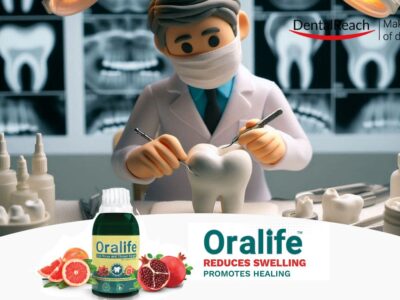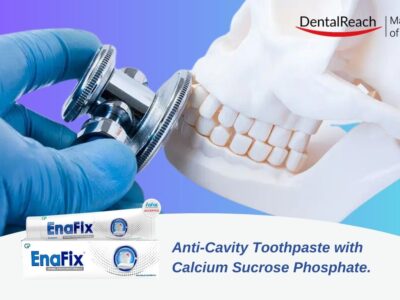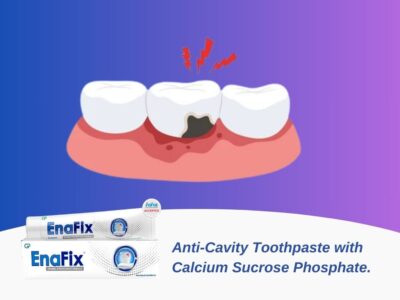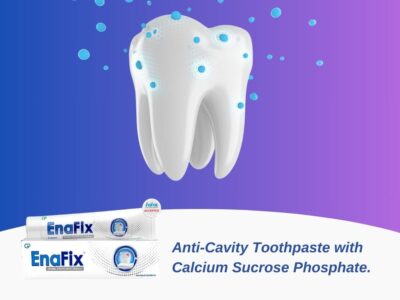Dentists may encounter patients with various types of bleeding disorders in their day-to-day practice. Initial recognition of such bleeding disorders and their possible systemic causes plays a significant role in reducing potential complications.
What is Hemophilia?
Hemophilia comprises a group of hereditary disorders caused due to the deficiency of one or more clotting factors leading to prolonged clotting time and excessive bleeding tendencies that may be fatal.
It is broadly divided into hemophilia A, B, and C, which occurs due to deficiency of factor VIII, IX, and XI, respectively. Hemophilia A is an X-linked recessive hereditary disorder and is the most common of the three, accounting for 80–85% of the cases.
Clinical features:
- Massive intrauterine hemorrhage leading to stillbirth.
- Neonatal intracranial hemorrhage.
- The tendency toward easy bruising.
- Massive hemorrhage after trauma or minor surgical procedures.
- Spontaneous hemorrhage from the middle ear.
- Epistaxis.
- Bleeding into joints and soft tissues.
- Gingival and post-extraction hemorrhages.
- Multiple oral bleeding events
Dental considerations: What should we know?
Hemophilia challenges the skills of dental specialists by inducing bleeding during treatment, which can even be life-threatening in certain cases. The high incidence of dental problems in these individuals poses difficulty in their dental management, emotionally as well as psychologically. But with proper care and precautions, treatment for these individuals can be made possible.
The management of patients with hemophilia depends on:
- The severity of the condition (mild, moderate, or severe)
- The invasiveness of the planned dental procedure.
Special precautions during surgical procedures:
- Prevent accidental damage to the oral mucosa.
- Cautious use of saliva ejectors.
- Taking care of the placement of X-ray films.
- Absorbable sutures are recommended if needed.
- Aspirin and its derivatives must be avoided.
- International guidelines advise the use of clotting factor replacement therapy for all invasive surgical interventions.
- Post-extraction bleeding should initially be managed with pressure and other local hemostatic measures such as fibrin glue and oxidized cellulose.
- Anti-fibrinolytic agents such as tranexamic acid (adult dose 1 g three times a day) and epsilon aminocaproic acid (EACA) (50 mg/kg four times a day) are used at the start of the surgery and should be continued for a total of 7 days.
- Persistent oozing and bleeding following the procedure require hematologist consultation and additional systemic hemostatic therapy.
Special precautions during restorative procedures:
- Endodontic therapy is preferred over extraction whenever possible.
- Precise working length determination to prevent over instrumentation of files.
- Use a rubber dam to prevent soft tissue lacerations.
- Cautious use of matrix bands and wooden wedges.
- Cautious use of high-speed suction as it has the potential to injure the floor of the mouth.
- Surgical endodontics requires factor VIII replacement up to 50–75%.
Oral Hygiene Instructions- Patient education:
- Teeth should be brushed at least twice daily for plaque control with toothpaste containing fluoride and mouthwashes of triclosan or chlorhexidine which also help reduce plaque.
- Minimizing the intake of any food containing sticky carbohydrates between meals.
- Regular professional prophylaxis to minimalize periodontal destructions.
- Regular check-ups beginning from the time when baby teeth start erupting.
- Fluoride supplements may also be prescribed if required.
- Educating about immediate measures to stop oral bleeding by direct pressure.
Understanding this complex entity is very important for a dentist to provide appropriate dental treatment and avoid undesirable consequences. With simple precautions, we can prevent this ‘medical condition’ from turning into a ‘medical emergency’ on our dental chair!
Reference:
1. Patton LL. Bleeding and clotting disorders. In: Greenberg MS, Glick M, Decker BC, editors. Burket's Oral Medicine: Diagnosis and Treatment. 10th ed.
2. Australian Haemophilia Centre Directors’ Organisation (AHCDO); 2010. Australian Haemophilia Centre Directors’ Organisation. A Consensus Statement on the Dental Treatment of Patients with Inherited Bleeding Disorders.
3. Franchini M, Rossetti G, Tagliaferri A, Pattacini C, Pozzoli D, Lorenz C, et al. Dental procedures in adult patients with hereditary bleeding disorders: 10 years experience in three Italian Hemophilia Centers. Haemophilia. 2005;11:504–9.
4.Shilpa Padar Shastry, Rachna Kaul, Kusai Baroudi, Dilshad Umar. Hemophilia A: Dental considerations and management.J Int Soc Prev Community Dent. 2014 Dec; 4(Suppl 3): S147–S152.




















On September 9, 2016, the United States Food and Drug Administration (FDA) banned the incorporation of triclosan and 18 other antimicrobial chemicals from household soap products and the next year prevented companies from using triclosan in over-the-counter health care antiseptic products without premarket review.
Thank you for the information doctor????????